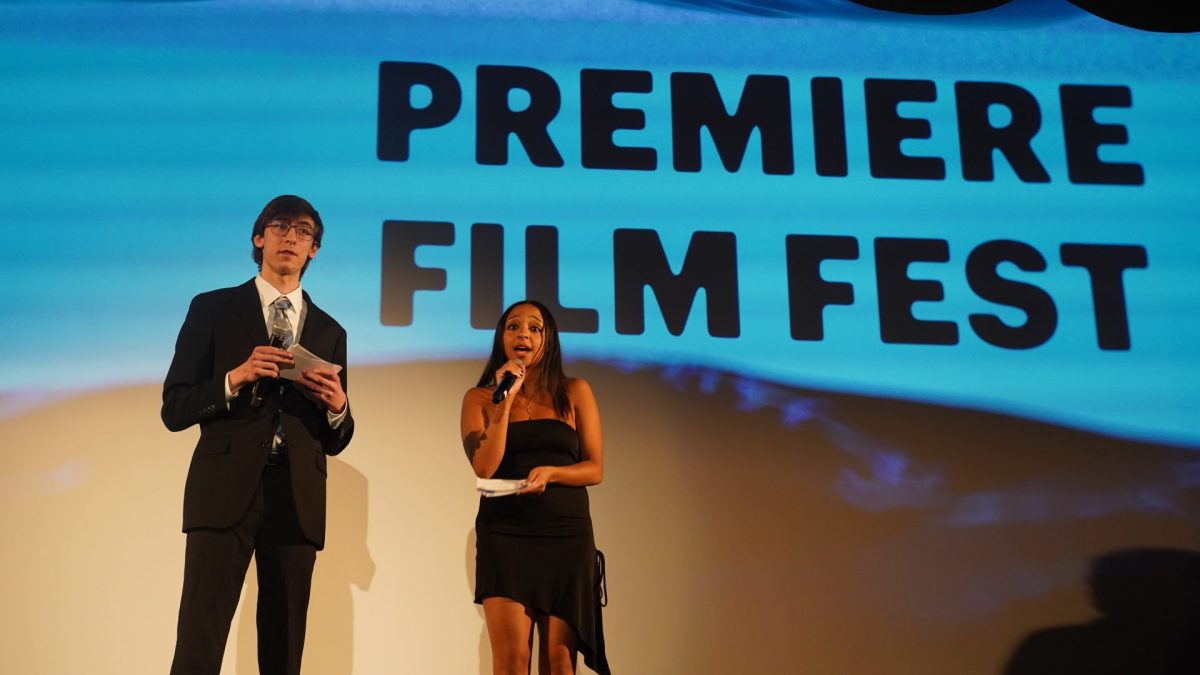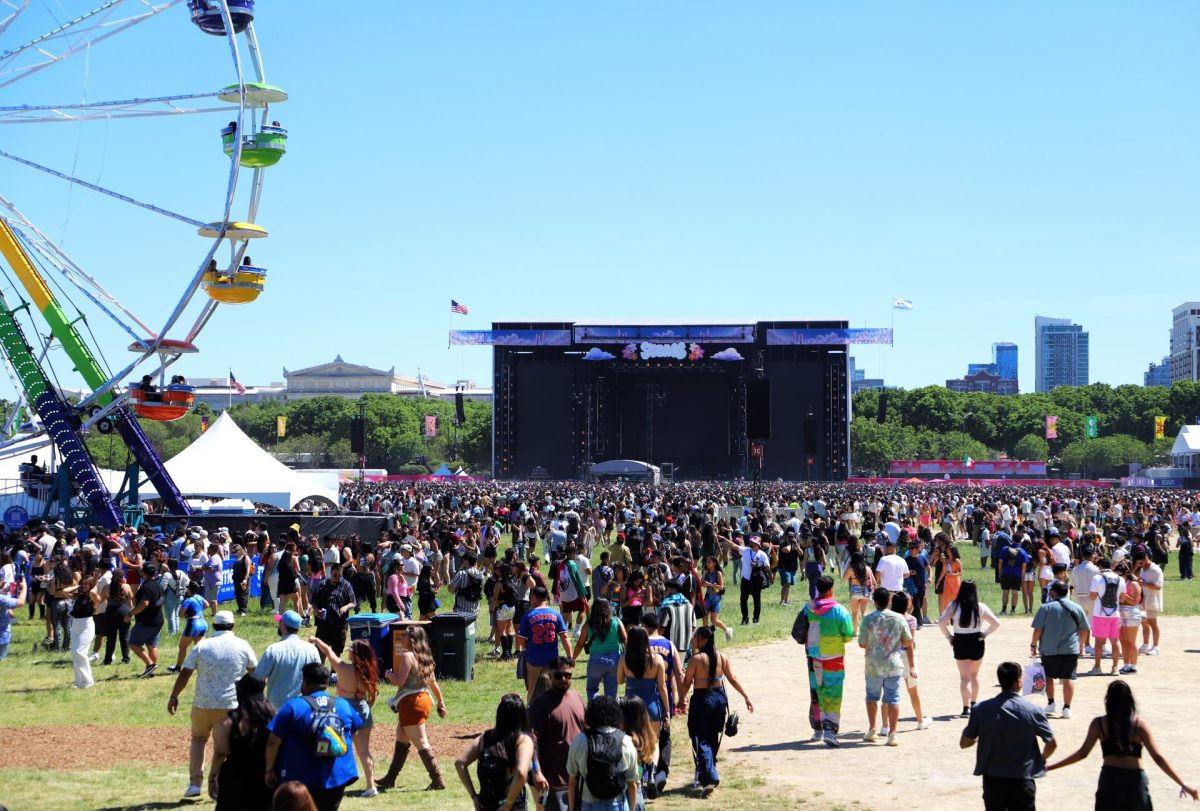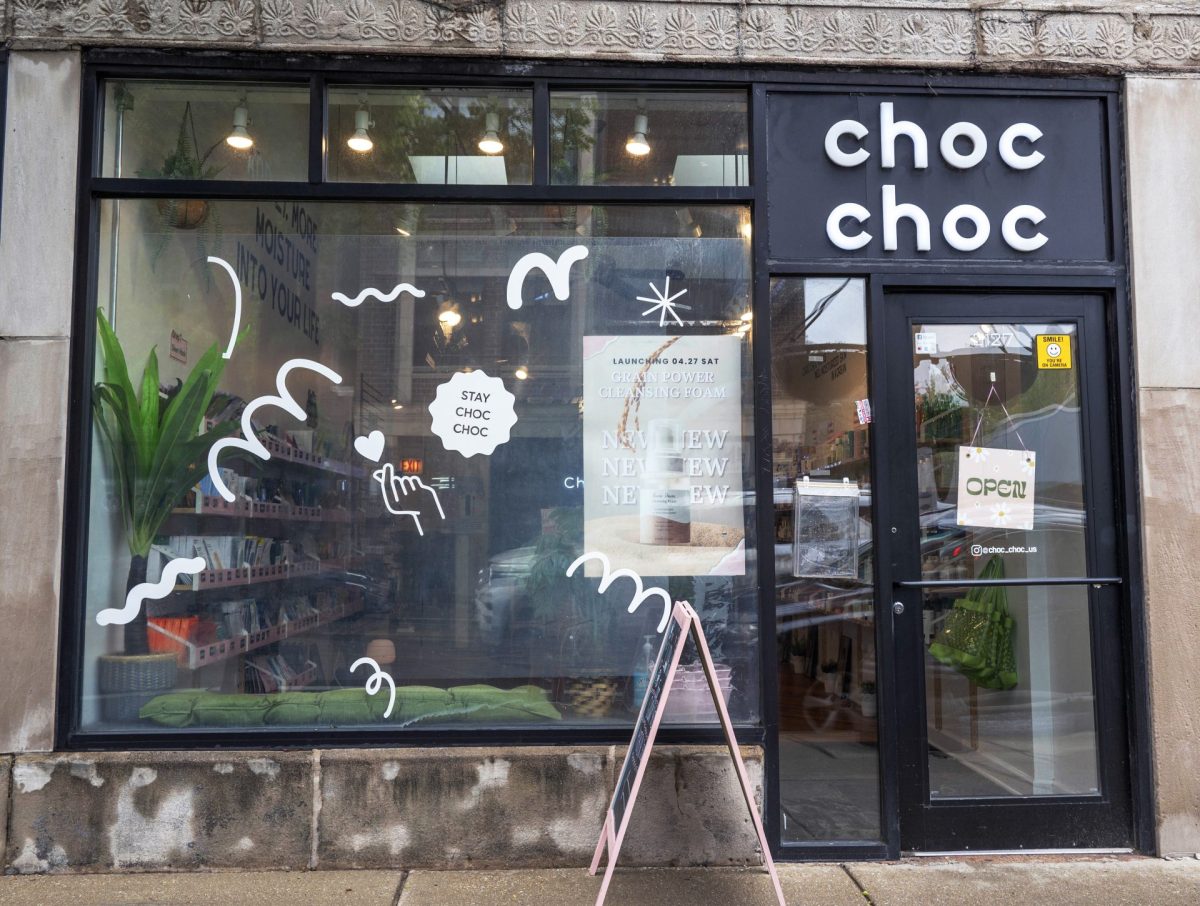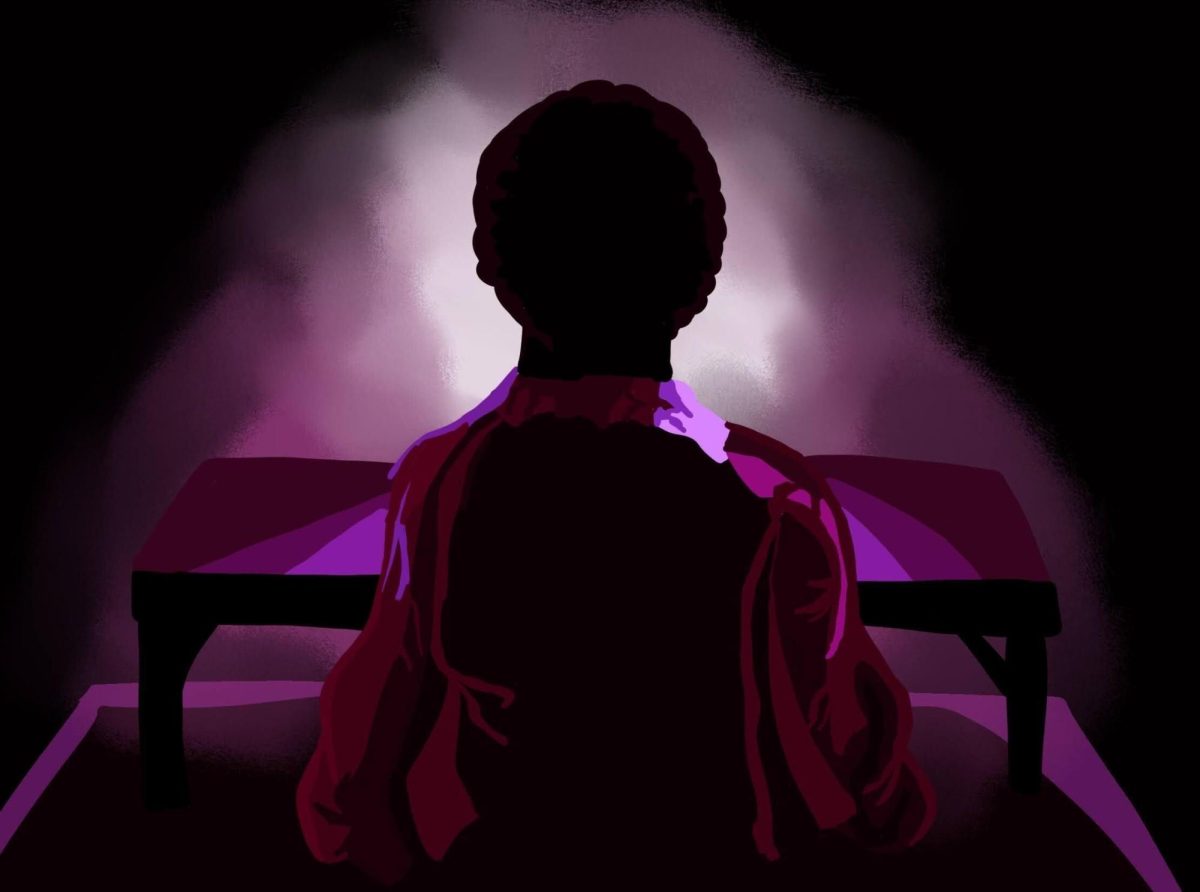October is here. While vintage movie theaters spin reel after reel of Bella Lugosi and Boris Karloff, you may find yourself longing for Halloween horrors that are more hands-on.
This city has plenty, and one man in particular can help you find them.
Adam Selzer is an author, historian and tour guide who has appeared on numerous paranormal TV shows such as “Haunted History” and “Mysteries at the Museum.” He is also the author of over 20 books, some of which are dedicated to the supernatural.
A long-time collector of comic books and action figures, Selzer considers his passion for finding and sharing stories part of that same instinct.
“I definitely have the collector’s mentality,” Selzer said. “Doing archival research, it activates a similar part of my brain to find all of these stories. To go digging around in the archives. It’s not unlike casting a line into a river to see what comes up.”
Selzer founded Mysterious Chicago Tours, where folks can book in-person and virtual tours to some of Chicago’s most haunted locations.
But beware: some locations have more sinister reputations. One such place is the Congress Hotel.
“If the Congress Hotel isn’t haunted, no place is haunted,” Selzer said, claiming to often hear phantom sounds about the hotel. “I’ve heard the piano play itself on two non-consecutive occasions.”
Bree Bartman is a Chicago resident and part-time ghost hunter who visited many reputedly haunted places. The Congress Hotel is one of her favorites, and not just because of the phantoms that supposedly roam its halls.
“Not only is it connected to Chicago’s history, the World’s Fair, H.H. Holmes and Al Capone,” Bartman said. “It’s exciting to think that 100 years ago people came to Chicago and stayed at that very place.”
Bartman once spent a night in the Villisca Murder House, where eight people were brutally killed with an ax in June 1912. The killer was never found and has left a mark on the small town of Villisca, Iowa, ever since.
The Congress Hotel stands out to Bartman as a place of hauntings and history.
Ghost stories are more than just fun thrills for campfires and stormy nights. Believer or not, they are reflections of history and a totem for the darker traits of human nature we often willingly ignore.
Tricia Hermes, a Writing, Rhetoric, and Discourse professor, teaches the significance of ghost stories and folklore in her haunted Chicago class.
“There is so much Chicago history in some of these stories,” Hermes said. “Whether these stories are true or not isn’t that important to me. What is important is what other people believed, and how this changed the city.”
Archer Avenue between the Willowbrook Ballroom and Resurrection Cemetery, so the legend goes, is the stomping ground of Resurrection Mary—the specter of a woman who died on her way to the dance hall in the 1930s.
Believers say on certain nights, the ghost of bank robber John Dillinger can be seen running down the alleyway beside Lincoln Park’s Biograph Theatre, the location where police gunned down Dillinger.
Then, there is the haunting of the Nederlander Theater. Once the site of the Iroquois Theater, it was there in December 1903 when 602 souls perished in the deadliest theater fire in U.S. history. The spirits of which are said to linger there to this day.
“I think those stories are important to know,” Hermes said. “They show the growth and change of Chicago.”
One of Chicago’s most loved tourist attractions is said by some to be one of its most haunted: The Lincoln Park Zoo.
In the 19th century, this area was the site of the Chicago City Cemetery. It was closed in 1859 over concerns that bodies would contaminate the drinking water, given the cemetery’s close proximity to Lake Michigan.
While efforts were underway to move the burial, the Great Chicago Fire of 1871 destroyed most of the remaining gravestones. Locating those still buried became much more difficult, and officials were unable or unwilling to make the effort to find them.
Today, it is estimated that as many as 12,000 bodies could still lie beneath the zoo grounds.
“I think these stories really show socioeconomic class,” Hermes said about the zoo’s history. “Eventually, they just said ‘screw it.’ — What does that say? Who matters? Who doesn’t? — I’d be angry too if I were a dead body. My marker is gone. My history is gone.”
Interested parties can experience the zoo’s spookier side firsthand as part of the Haunted History Tours at Lincoln Park Zoo, hosted by Selzer every Tuesday and Wednesday night this October.
“Be careful,” Selzer advised. “At a lot of these places, I’m a lot more scared of falling through a rusty floor, or scraping something that will give me gangrene.”
Whether you are a history buff or just looking for that which goes bump in the night, Mysterious Chicago offers options for everyone.
And it isn’t just touring.
This October, throw on your favorite sweater, grab a pumpkin spice latte and explore the scarier side of the city we love.
Just hope nothing follows you home.








